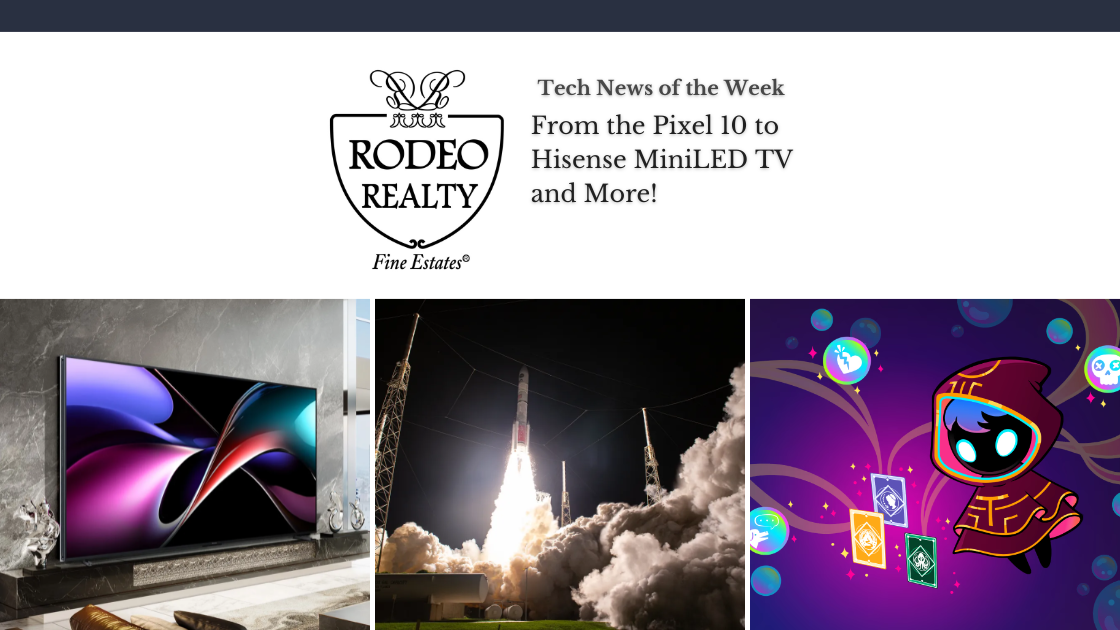Your weekly update on the major tech headlines from across the web has arrived. Stay connected with what’s happening in the world of tech, from the Pixel 10 to Hisense MiniLED TV and more, we have you covered. Check out this week’s tech news round-up!
Google Sets the Stage for Pixel 10: Event on August 20
![]()
Google officially announced a Pixel launch event for August 20. Likewise, the event is expected to bring the Pixel 10 family — including a Pro and a Pro XL — and possibly a Pixel 10 Pro Fold demo. The teasers promise bigger screens, brighter displays. In addition, the rumored Pixel 10 would have a new Tensor G5 chip under the hood for improved AI features and battery efficiency. Leaks ahead of the event hint at Qi2 wireless-charging support and new Pixelsnap magnetic cases, signaling Google wants Android to close the gap on magnetic accessory ecosystems. With wearables and earbuds likely to join the show, this is shaping up to be a full-stack moment for Google hardware. If you like phones that double as pocket-sized assistants, tune in next week.
Hidden Door Makes AI Storytelling That Feels Like Play
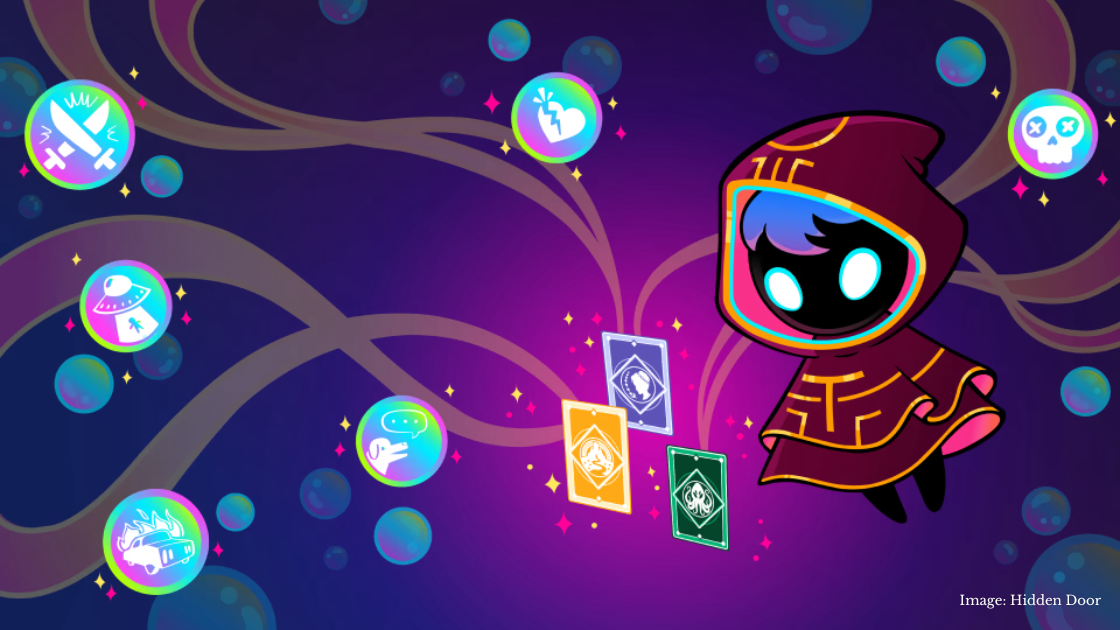
Hidden Door launched in early access this week — an AI-powered, choose-your-own-adventure platform that corals creative chaos into coherent, playable stories. Instead of the free‑for‑all of early AI text games, Hidden Door uses structured worlds (think Wizard of Oz or Pride and Prejudice) and guided choices to keep narratives meaningful and fun. It blends tabletop-style mechanics — character creation, dice rolls, curated plot beats — with generative text, which makes it feel part game, part collaborative fiction lab. The result is a remarkably approachable way for players to co-write stories without the nonsense that often derails open-ended models. For brands and creators hunting for new audience experiences, it’s a tidy example of AI tooling that adds craft, not chaos.
Hisense Ships a 116‑Inch RGB MiniLED TV That Demands a Room
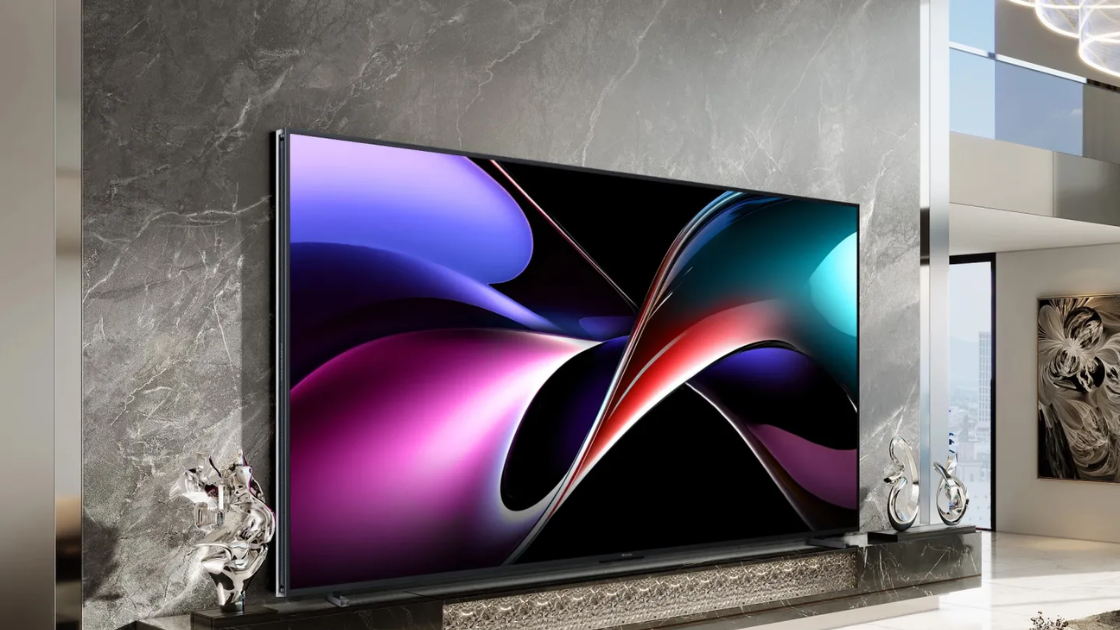
Hisense announced availability for its gargantuan 116‑inch TriChroma RGB MiniLED TV, a full‑on color‑science showpiece priced in the premium theater bracket. The RGB MiniLED approach—separate red, green, and blue LEDs—lets the set hit much wider color gamuts and deeper blacks than typical MiniLEDs, which matters for serious creatives and cinephiles. Retail price lands around $30,000, and a slightly smaller 100‑inch model offers a cheaper entry point for those with home‑theater ambitions. If you’re furnishing a media room and want cinematic color without an inkjet projector, this is the kind of hardware that changes the conversation. For the rest of us, it’s still lovely to admire from across the living room.
Microsoft’s Copilot Now Turns 2D Photos Into 3D Assets (Copilot 3D)
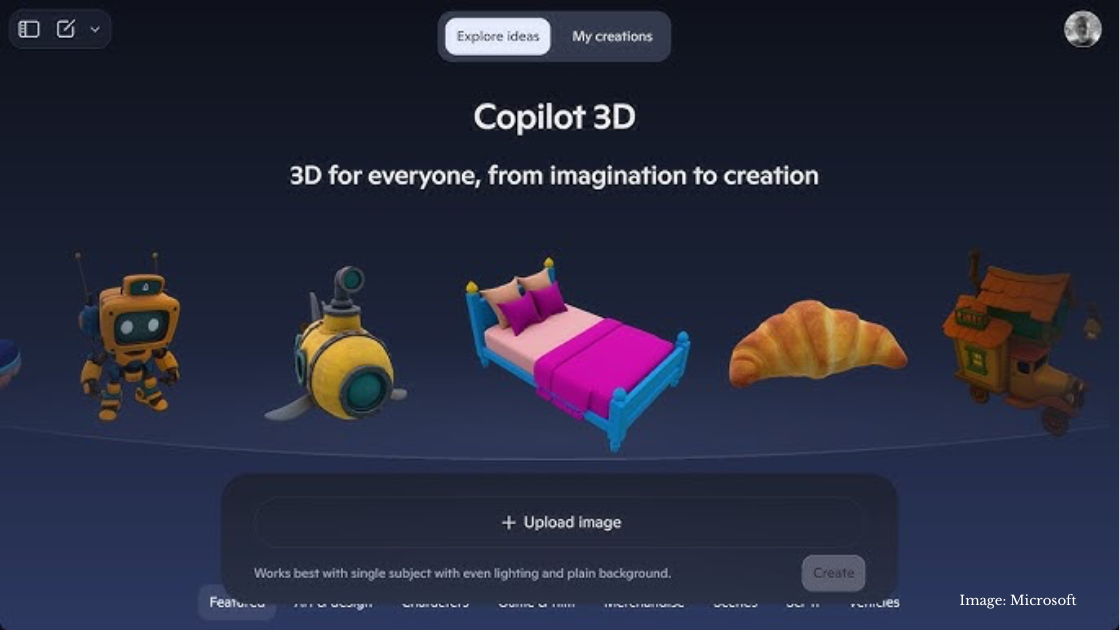
Microsoft quietly rolled out a Copilot 3D feature that converts 2D images into GLB-format 3D assets, making basic 3D content creation more accessible to designers and small studios. The tool is free to try and plays nicely with common design workflows, exporting a 3D file you can drop into viewers, engines, or AR scenes—handy for mockups or rapid prototyping. It’s not perfect (animals and complex human forms remain spotty), but the speed and convenience lower the barrier to entry for immersive content creation. Expect iterative improvements that make this a go-to for quick 3D needs, especially for ecommerce and education teams. Consider it Copilot doing the heavy lifting for depth, so you can stay focused on the creative spark.
ULA’s Vulcan and Ariane 6 Keep the Launch Cadence Alive
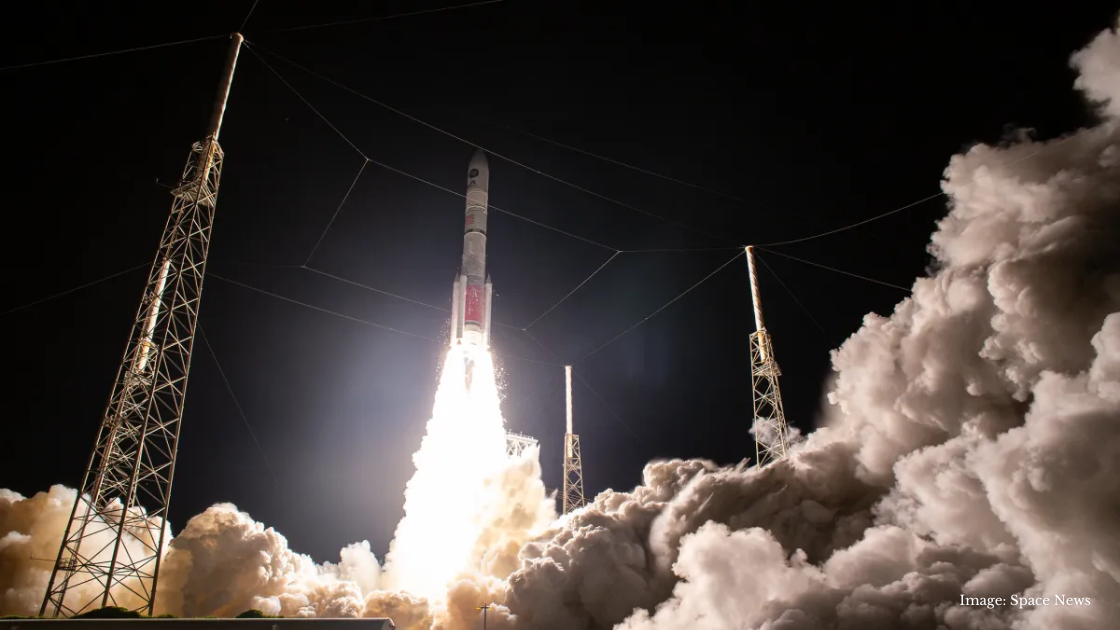
This week saw major orbital activity as ULA’s Vulcan and Europe’s Ariane 6 both completed notable missions—an encouraging sign for the commercial launch market and national launch capabilities. These flights underscore how many providers are scaling up reliable access to space, which in turn fuels more demand for satellite services, Earth observation, and low-latency global communications. For North American tech, dependable launch cadence means faster iteration for space‑based startups, cheaper rides for payloads, and more opportunities for cloud-and-edge companies to build on orbital platforms. The ripple effects are quiet but substantial: better connectivity, more sensor data, and a richer ecosystem for space-enabled applications. Treat this as infrastructure news—rockets are simply the new fiber.
TikTok Adds Family‑Pairing Safety Tools for Teens and Parents
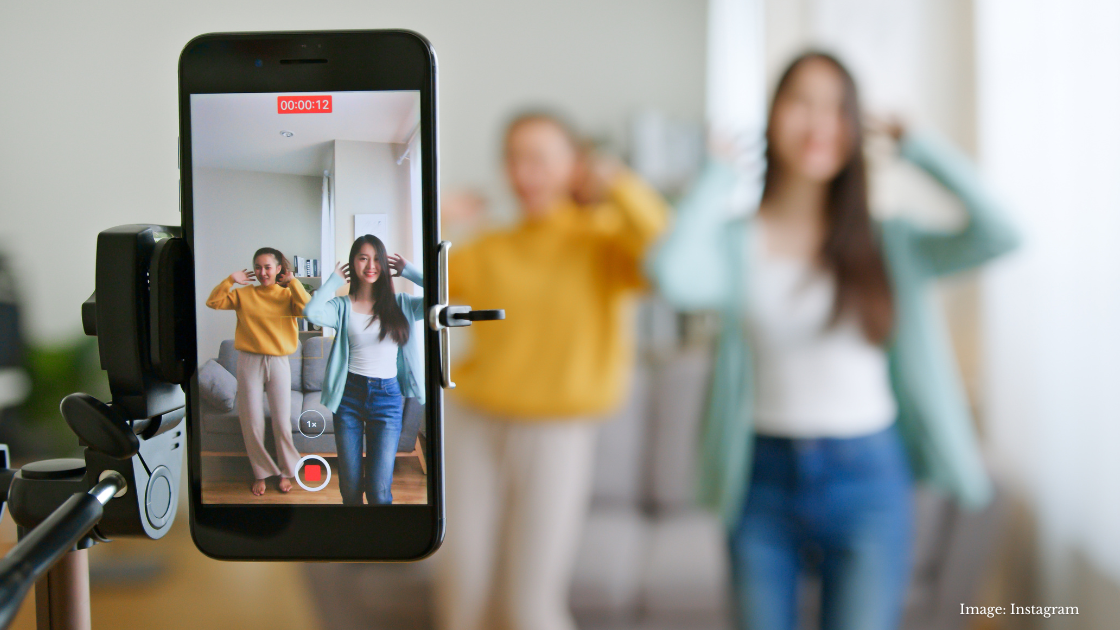
TikTok expanded its Family Pairing suite with new safety and well‑being features that let guardians set controls and receive usage nudges for teen accounts. The updates include more granular permissions, content time limits, and tools to steer teens toward positive experiences while preserving independence. For marketers and creators, the changes mean cautious optimism—platform health improves, and so does long‑term ad inventory quality when younger users are protected. For families, it’s a small but meaningful effort to make a hyperactive app slightly less fraught. The broader trend is clear: major platforms are investing in safety-first defaults, which is good for communities and brand trust alike.
